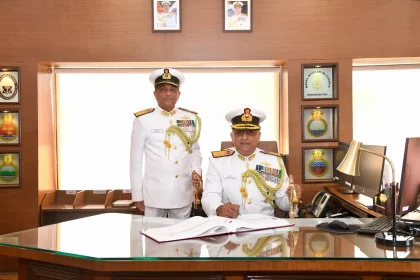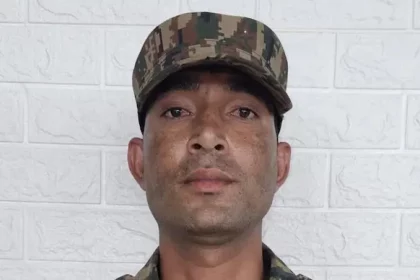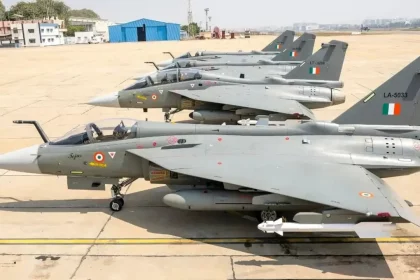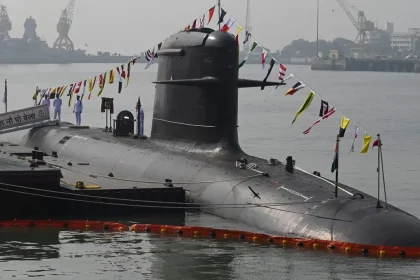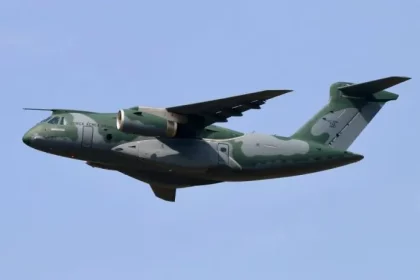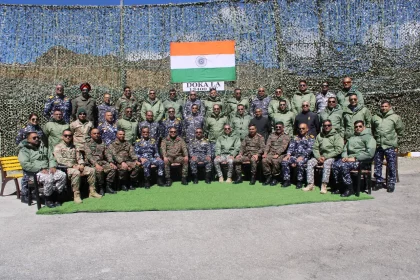Rear Admiral Shantanu Jha Assumes Command of Maharashtra Naval Area
Rear Admiral Shantanu Jha takes over as FOMA, bringing over 30 years of operational and command experience to Maharashtra Naval…
Army Soldier Saves Eight-Month-Old Infant Onboard Rajdhani Express with Life-Saving CPR
Quick thinking and professional skill of Army medic Sepoy Sunil prevented a potential tragedy, saving an infant’s life onboard Rajdhani…
HAL Inaugurates Third TEJAS Mk-1A Production Line at Nashik Facility, Boosting Annual Output to 24 Fighter Jets
The new Nashik production line strengthens India’s indigenous fighter jet ecosystem, enabling faster delivery of TEJAS Mk-1A aircraft and ensuring…
France’s Naval Group and Mazagon Dock Shipbuilders Extend Strategic Partnership for ‘Made in India’ Submarines with Advanced AIP Integration
The extended Indo-French partnership between MDL and Naval Group strengthens India’s self-reliance in submarine technology and reinforces its emergence as…
Mahindra and Embraer Forge Strategic Partnership to Offer C-390 Millennium for Indian Air Force’s Medium Transport Aircraft Program
The Embraer-Mahindra partnership to pitch the C-390 Millennium for the IAF’s MTA program marks a major step towards self-reliance and…
Naval Higher Command Course Officers Visit Trishakti Corps as Part of Forward Area Orientation Tour
Naval War College Officers Gain Insights into Tri-Service Operations During Visit to Trishakti Corps Headquarters and Forward Areas in Sikkim.

